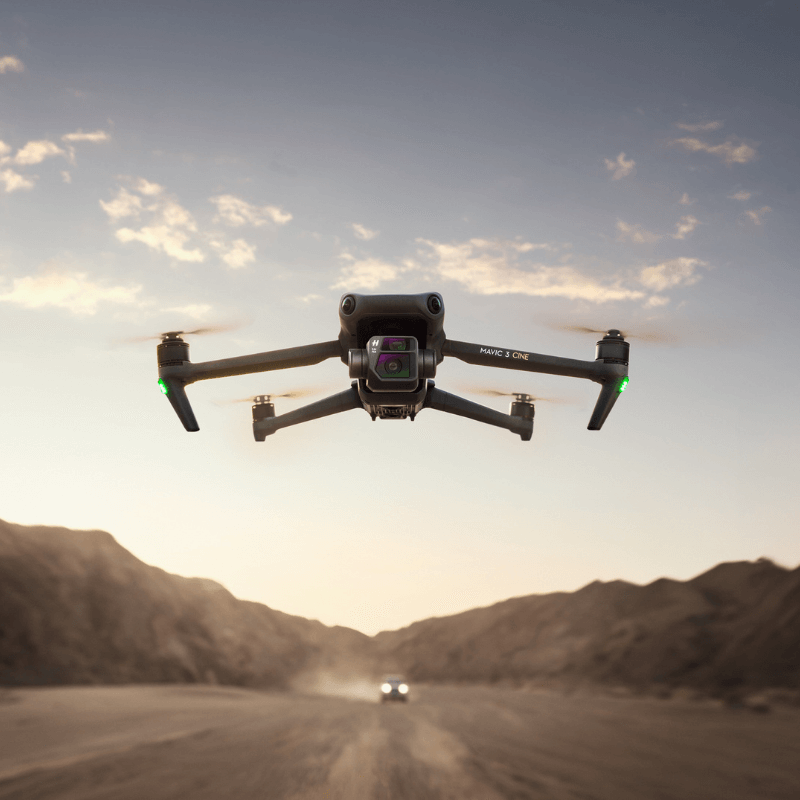
News
Published on 5 Nov 2021
James Willoughby
DJI Mavic 3 vs DJI Mavic 2 Pro Comparison
DJI launch the Mavic 3. See how it compares to the previous generation Mavic 2 Pro, as well as other DJI camera drones, such as the Air 2S. ... Read More

DJI launch the Mavic 3 - a next-generation content-creation drone. Find out how it compares to the Mavic 2 Pro;
The Mavic 3 has a larger sensor than the Mavic 2 Pro - 4/3 CMOS vs 1-inch CMOS;
The Mavic 3 has a longer flight time than the Mavic 2 Pro - 46 minutes vs 31 minutes;
The Mavic 3 has a higher video resolution than the Mavic 2 Pro - 5.1K/50fps and 4K/120fps vs 4K/30fps;
The Mavic 3 has a longer transmission distance than the Mavic 2 Pro - up to 15km (FCC) / 12km vs 10km (FCC) and 6km (CE);
Find out how the Mavic 3 compares to other DJI camera drones, such as Air 2S.
Imaging Above Everything. That was the tagline for the newly-launched DJI Mavic 3 drone.
It was a sign of what was to expect from this hotly-anticipated aircraft: A high-quality aerial imaging tool to raise the bar for content creators.
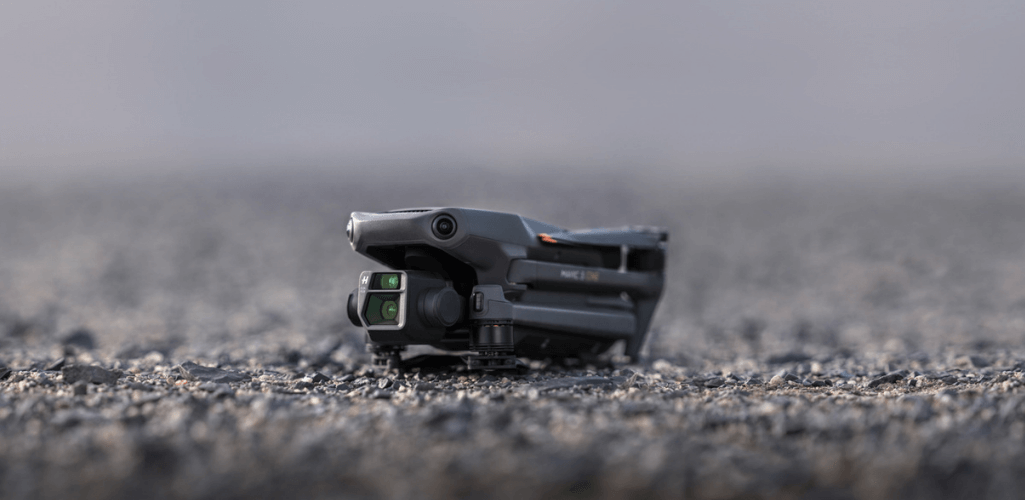
And the specs duly deliver. Highlights include:
Dual Camera System - autofocus prime lens and tele lens
4/3 CMOS Hasselblad Camera
Video: 5.1K/50fps and 4K/120fps
20MP images
46 minutes of flight time
28x hybrid zoom camera
Upgraded transmission system: DJI’s first drone that offers a High Frame-Rate Transmission with a 1080p/60fps live feed
Intelligent Shooting Modes
Enhanced Mavic 3 Cine Premium Combo offers Apple ProRes 422 HQ encoding for richer video processing, an internal 1TB SSD onboard for high-speed data storage, and features the DJI RC Pro - a next-generation Smart Controller.
It's impressive stuff, and you can find out more in our full Mavic 3 review article. But has it undergone enough of a transformation from its predecessor, the Mavic 2 Pro? And how does it compare to other more recent DJI camera drones, such as the Air 2S? Find out in our comparison blog.
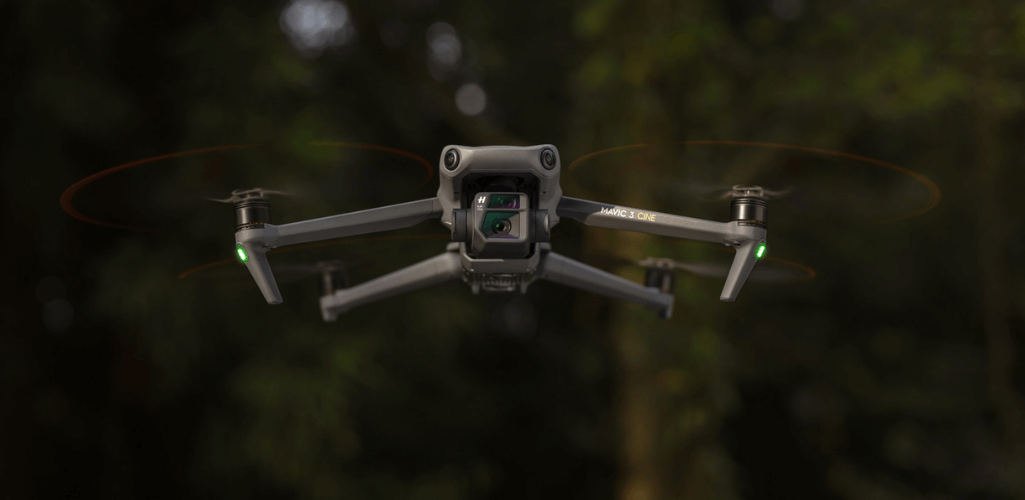
Mavic 3 vs Mavic 2 Pro - Key Specifications At A Glance
There are a number of drones that the Mavic 3 could be compared to, but the Mavic 2 Pro - for so long DJI's flagship foldable content drone - seems the most appropriate.
Below is an overview of the key specifications between the two.
Mavic 3 | Mavic 2 Pro | |
Weight | Mavic 3 (Standard version): 895g Mavic 3 Cine: 899g | 907g |
Sensor size | Prime Lens: 4/3 CMOS Tele Lens: 1/2" CMOS | 1" CMOS |
Still Images | Prime Lens: 20MP Tele Lens: 12MP | 20MP |
Video Resolution | 5.1K/50fps and 4K/120fps | 4K/30fps |
Flight Time | 46 minutes | 31 minutes |
Price | Standard: £1,879 Fly More: £2,549 Cine Premium: £4,279 *prices on launch | Standard: £1,349 With Smart Controller: From £1,690 *prices as of 5/11/21 |
Mavic 3 Vs Mavic 2 Pro - Camera
Content creation is king when it comes to these Mavic drones, so comparing their camera specs is a great place to start.
For many years, the Mavic 2 Pro has set the standard, through its blend of portability and power.
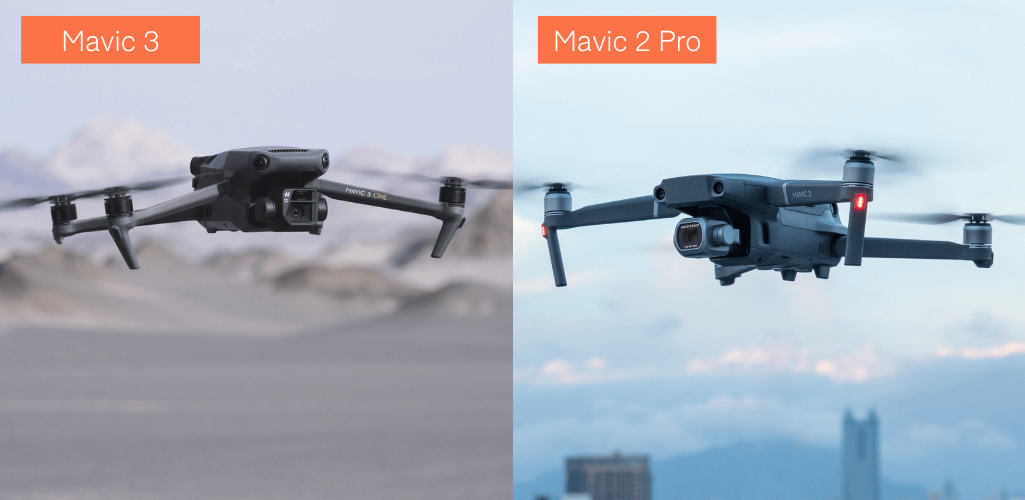
But the Mavic 3 has undergone some significant upgrades which sets it apart and takes those two Ps to another level.
Mavic 3 Camera Sensors
Firstly, the Mavic 3 is a dual-sensor system, comprising a prime lens and a tele lens, while the Mavic 2 is limited to the one sensor. The sensors in both drones are engineered by iconic Swedish camera-maker, Hasselblad.
The Mavic 3 features a professional-grade 4/3 CMOS sensor with a 24mm prime lens, while the Mavic 2 has a smaller 1-inch CMOS sensor with a 28mm lens equivalent.
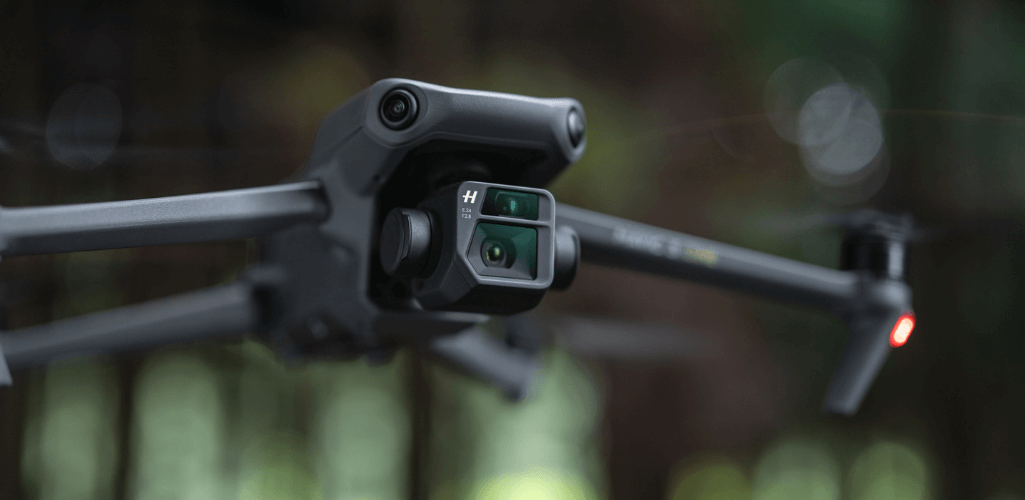
The prime lens gives the Mavic 3 an 84° FOV to capture more details with sharp clarity. A wide-lens accessory can increase this FOV to up to 108°. In contrast, the Mavic 2 Pro's FOV is around the 77° mark.
Complementing the autofocus prime lens is the Mavic 3's second camera - a 162mm tele lens with 28x Hybrid Zoom (digital + optical), 12MP resolution and aperture of f/4.4 that can freely bring distant objects visually closer, offering more dynamic perspectives and creative possibilities at a distance.
Mavic 3 Photography And Videography
Both drones shoot 20MP imagery, with the Mavic 3 doing so in 12-bit RAW format.
The real difference between the two is videography: The Mavic 2 Pro achieves 4K/30fps, while the Mavic 3 can capture epic footage at 5.1K/50fps and allows for slow motion video at 4K/120fps.
The Mavic 3 also has a greater max video bitrate, with 200Mbps for H.264 and 140Mbps in H.265. The Mavic 2 Pro tops out at 100Mbps.
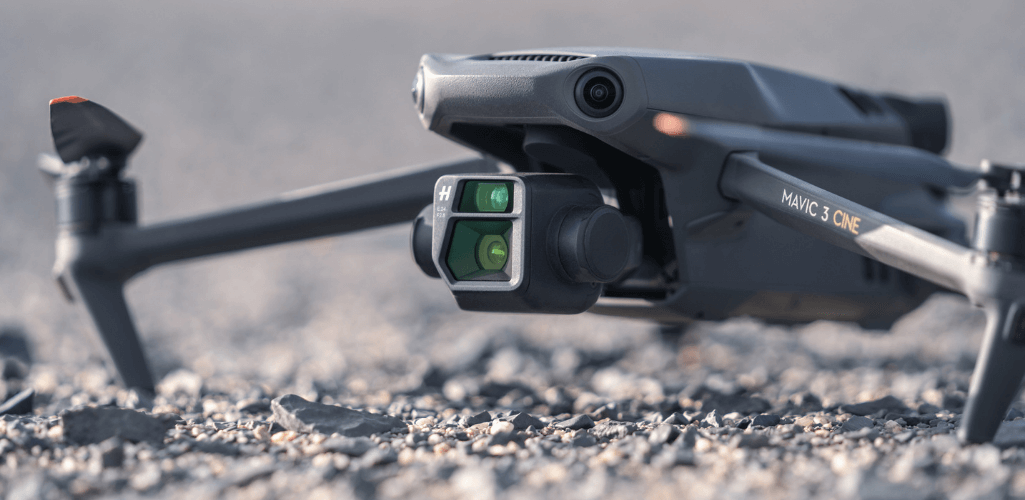
Remember, also, that the Mavic 3 Cine Premium Combo offers Apple ProRes 422 HQ encoding for richer video processing: Something that is not available on the Mavic 2.
Meanwhile, the Mavic 3's larger image sensor gives it higher video resolution and dynamic range and more-effectively suppresses noise in low-light environments, while a native dynamic range of 12.8 stops helps retain more details in highlights and shadows, preserving rich visual information.
The Mavic 3 also benefits from a new Vision Detection Auto Focus technology, a quick focusing feature which enables the Hasselblad camera to work with multiple vision sensors on board to capture distance data to optimise focusing speed.
Mavic 3 vs Mavic 2 Camera Specs
To better break-down the difference between the two drones, this comparison table highlights the aircrafts' key camera specifications and how they differ.
Mavic 3 | Mavic 2 Pro | |
Main Unit | ||
Sensor | 4/3 CMOS Effective pixels: 20 MP | 1-Inch CMOS Effective pixels: 20 MP |
Lenses | FOV: 84° Format Equivalent: 24mm Aperture: f/2.8 to f/11 Focus: 1 m to ∞ (with Autofocus) | FOV: 77° Format Equivalent: 28mm Aperture: f/2.8 to f/11 Focus: 1 m to ∞ (with Autofocus) |
Shutter Speed | Electronic Shutter: 8-1/8000 s | Electronic Shutter: 8-1/8000 s |
Max Image Size | Main Unit: 5280×3956 | 5472 x 3648 |
Still Photography Modes | Single shot: 20 MP Automatic Exposure Bracketing (AEB): 20 MP, 3/5 bracketed frames at 0.7EV Timed: 20 MP 2/3/5/7/10/15/20/30/60 s | Single shot: 20 MP Burst Shooting: 3/5 bracketed frames Timed (2/3/5/7/10/15/20/30/60 s RAW: 5/7/10/15/20/30/60 s) |
Video Resolution | Apple ProRes 422 HQ 5.1K: 5120×2700@24/25/30/48/50fps DCI 4K: 4096×2160@24/25/30/48/50/60/120*fps 4K: 3840×2160@24/25/30/48/50/60/120*fps H264/H.265 5.1K: 5120×2700@24/25/30/48/50p DCI 4K: 4096×2160@24/25/30/48/50/60/120*fps 4K: 3840×2160@24/25/30/48/50/60/120*fps FHD: 1920×1080@24/25/30/48/50/60/120*/200*fps * Frame rates above are recording frame rates. Videos will be played as slow-motion videos. | 4K: 3840×2160 24/25/30fps 2.7K: 2688x1512 24/25/30/48/50/60fps FHD: 1920×1080 24/25/30/48/50/60/120fps |
Max Video Bitrate | H.264: Max 200Mbps H.265: Max 140Mbps | 100 Mbps |
Supported File Formats | exFAT | FAT32 (≤32 GB) exFAT(>32 GB) |
Photo Format | JPEG/DNG (RAW) | JPEG/DNG (RAW) |
Video Formats | Mavic 3: MP4/MOV (MPEG-4 AVC/H.264, HEVC/H.265). Mavic 3 Cine: MP4/MOV (MPEG-4 AVC/H.264, HEVC/H.265); MOV (Apple ProRes 422 HQ). | MP4/MOV (MPEG-4 AVC/H.264, HEVC/H.265) |
Tele Lens | ||
Sensor | 1/2-Inch CMOS | - |
Lenses | FOV: 15° Format Equivalent: 162 mm Aperture: f/4.4 Focus: 3 metres to ∞ | - |
Max Image Size | 4000×3000 | - |
Photo Format | JPEG | - |
Video Formats | MP4/MOV (MPEG-4 AVC/H.264, HEVC/H.265) | - |
Still Photography Modes | Single shot: 12 MP | - |
Video Resolution | H264/H.265 4K: 3840×2160@30fps | - |
Digital Zoom | 4x | - |
Mavic 3 Design and Performance
Make no mistake, the Mavic 2 Pro is a powerful drone, but the Mavic 3 offers unrivalled performance capabilities for a drone of its size.
The real stand out is its unbelievable 46 minutes of flight time! This smashes the Mavic 2 Pro - and most drones for that matter - out of the park.
Meanwhile, a new streamlined design ensures the Mavic 3 has 35% less drag than its predecessors, and is slightly lighter than its predecessor while also having a significantly improved wind-speed resistance.
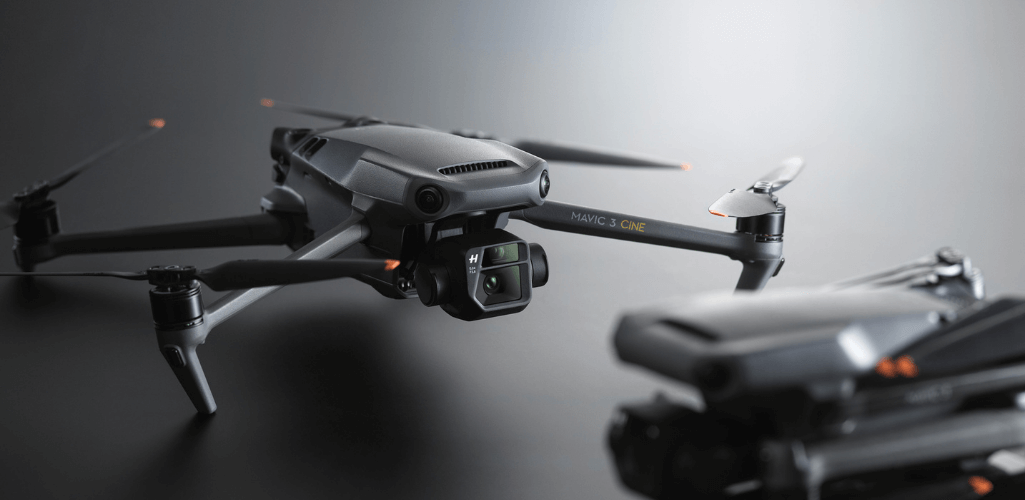
It is worth noting that the Mavic 3 does not have an official C2 class marking, as part of the drone regulations in the UK and Europe, but DJI says it is trying to address the issue as quickly as possible. Read DJI's official statement.
The table below shows some of the key performance differences between the Mavic 3 and the Mavic 2 Pro.
Mavic 3 | Mavic 2 Pro | |
Weight | Mavic 3 (Standard version) weighs 895g. Mavic 3 Cine version weighs 899g. | 907g |
Dimensions | Folded (without propellers) 212 x 96.3 x 90.3 mm (Length x Width x Height) Unfolded (without propellers) 347.5 x 283x 107.7 mm (Length x Width x Height) | Folded (without propellers) 212.86 x 99.83 x 93.04 mm (Length x Width x Height) Unfolded (without propellers) 319.55 x 256.46 x 90.5 mm (Length x Width x Height) |
Max Flight Time (no wind) | 46 minutes | 31 minutes |
Max Flight Speed (near sea level, no wind) | 21 m/s (S mode) 46.9mph | 20 m/s (S Mode) 44.7mph |
Max Ascent Speed | 6 m/s (P mode) 8 m/s (S mode) | 5 m/s (S mode) 4 m/s (P mode) |
Max Descent Speed | 6 m/s (P mode) 6 m/s (S mode) | 3 m/s (S mode) 3 m/s (P mode) |
Max Hovering Time (no wind) | 40 minutes | 29 minutes |
Max Wind Speed Resistance | 10.8-13.8/s | 8-10.7 m/s |
Operating Temperature | -10° to 40° C (14° to 104°F) | -10° to 40° C (14° to 104°F) |
GNSS | GPS + Galileo + BeiDou | GPS + GLONASS |
Internal Storage | 8 GB | 8 GB |
Mavic 3 Flight Safety
The Mavic 3 features advanced safety systems, with improved obstacle sensing and navigation systems, plus a new tracking system.
Both drones come with omnidirectional object sensing, but the Mavic 3 has expanded capabilities in this department.
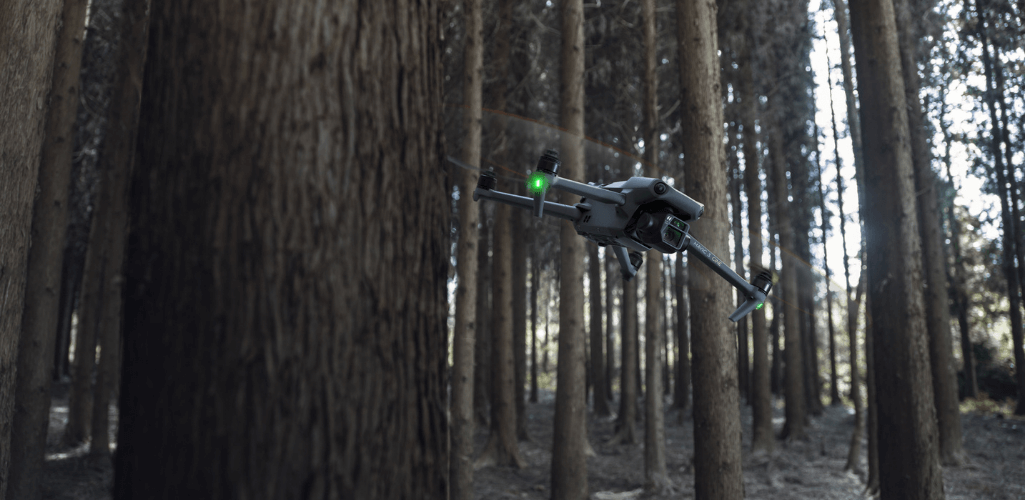
For instance, the Mavic 3's forward vision system has a detection range of 0.5 to 200 metres and a FOV of 90° (horizontal) and 103° (vertical), compared to the Mavic 2 Pro's 20 to 40m detection range and FOV of 40° (horizontal) and 70° (vertical).
Mavic 3 Object Tracking
The Mavic 3 also features a more advanced tracking system, namely the upgraded ActiveTrack 5.0 (coming later in a future firmware update, expected January 2022).
Previous iterations of ActiveTrack enabled the camera to follow a subject as it moved directly toward and away from the drone while remaining largely stationary as well as fly alongside a moving subject. Incidentally, the Mavic 2 Pro features ActiveTrack 2.0.
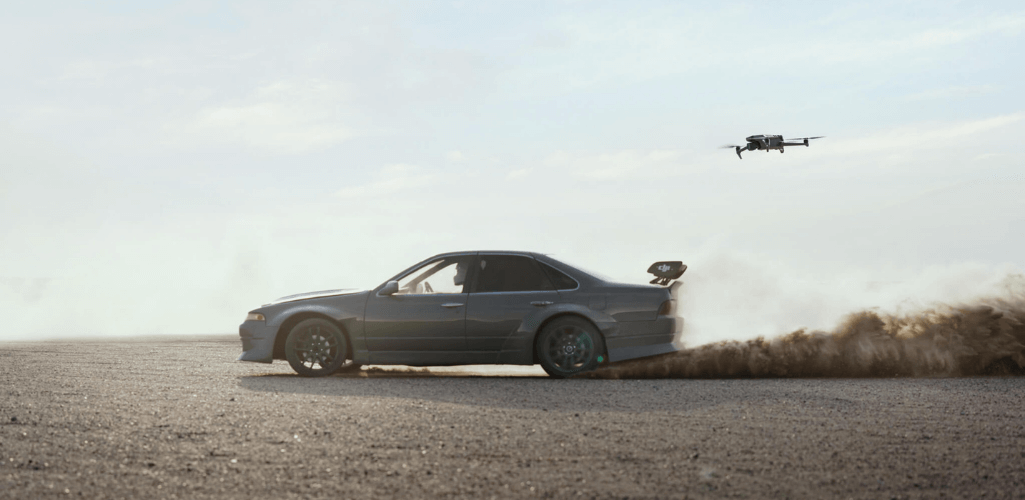
But the rebooted ActiveTrack 5.0 allows Mavic 3 to move with the subject as it moves forward, backward, left, right, and diagonally, and fly alongside as well as around a moving subject. In addition, if the subject moves too fast and temporarily goes out of frame, the visual sensors on the aircraft will continue to track and frame the subject intelligently and pick it back up when it reappears.
These new directions enable much more fluid and diverse drone and camera movement while using this rebooted version of ActiveTrack.
AirSense And Return To Home
Mavic 3 also features DJI's innovative AirSense technology, which utilises an ADS-B receiver to alert pilots to nearby manned aviation.
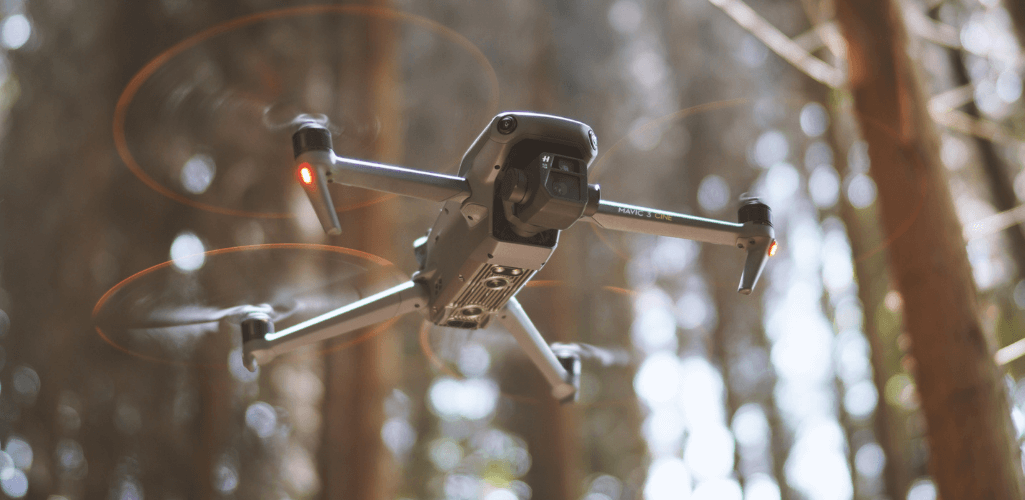
The Mavic 2 Pro does not benefit from AirSense, which is associated with DJI enterprise drones but which has also found its way into more recent consumer platforms, such as the Air 2S.
Both drones have Return To Home functions, but the Mavic 3 features the most up-to-date version. This sophisticated reboot of this tried and trusted tech, now known as Advanced RTH, enables the Mavic 3 to automatically determine the shortest, safest, and energy-efficient route to its home point, as well as considering factors like wind speed.
Mavic 3 Smart Shooting Modes
Both the Mavic 3 and Mavic 2 Pro feature a suite of smart shooting modes to help users create the best content possible.
The Mavic 2 Pro has features such as Hyperlapse, QuickShots and a range of panorama options, including Sphere and 180°.
The Mavic 3, meanwhile, comes with some pretty nifty intelligent modes of its own, although these will be available in January of 2022 through firmware updates.
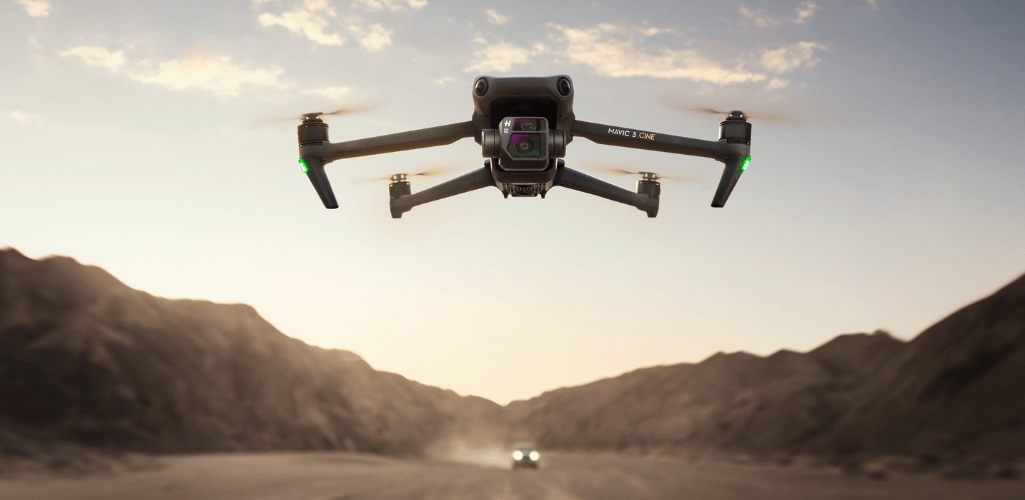
These modes include MasterShots, which helps the user build high-quality content quickly and easily, and a Panorama Mode, which allows pictures to be directly stitched and processed by the drone, without the DJI Fly App or any post-production for breathtaking landscape shots.
On top of this, the Mavic 3's QuickTransfer function lets users store and process materials on their mobile devices without linking with the remote controller. For the record, Mavic 3 can transmit materials from the drone to the mobile device more quickly through the Wi-Fi 6 protocol.
Mavic 3 Transmission Distance
Transmission is significantly improved on the Mavic 3, compared to the Mavic 2 Pro.
The Mavic 3 uses the upgraded DJI O3+ transmission system; a rebooted and enhanced version of the Mavic 2's OcuSync 2.0.
This means greater transmission distance, with the Mavic 3 able to reach as far as 15km (FCC) or 12km (CE), compared to the Mavic 2 Pro's 10km (FCC) and 6km (CE).
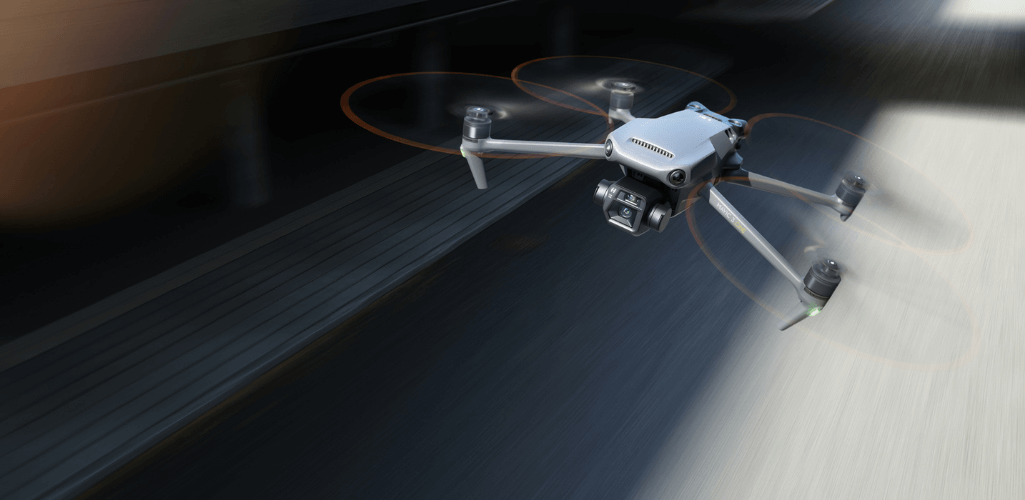
This enables the Mavic 3 to fly further and transmit signals with higher stability and less video lag for an ever smoother, stable and clear video transmission.
In fact, Mavic 3 is DJI’s first drone that offers a High Frame-Rate Transmissionwith a 1080p/60fps live feed. This means the camera view is displayed at a resolution close to what the camera actually records.
In contrast, the Mavic 2 Pro's remote controller delivers a live view quality of 720p@30fps / 1080p@30fps.
Mavic 3 Remote Controller
Speaking of remote controllers, the Mavic 3 heralds a new generation of smart controller, namely the DJI RC Pro.
This DJI Remote Controller Pro comes with the Mavic 3 Cine Premium Combo, and will be available as an individual accessory. As an aside, the Mavic 3 standalone and Fly More Combos come with the RC-N1 Remote Controller.
But let's focus on the DJI RC Pro for now, as that's the stellar addition to the Mavic 3 range.
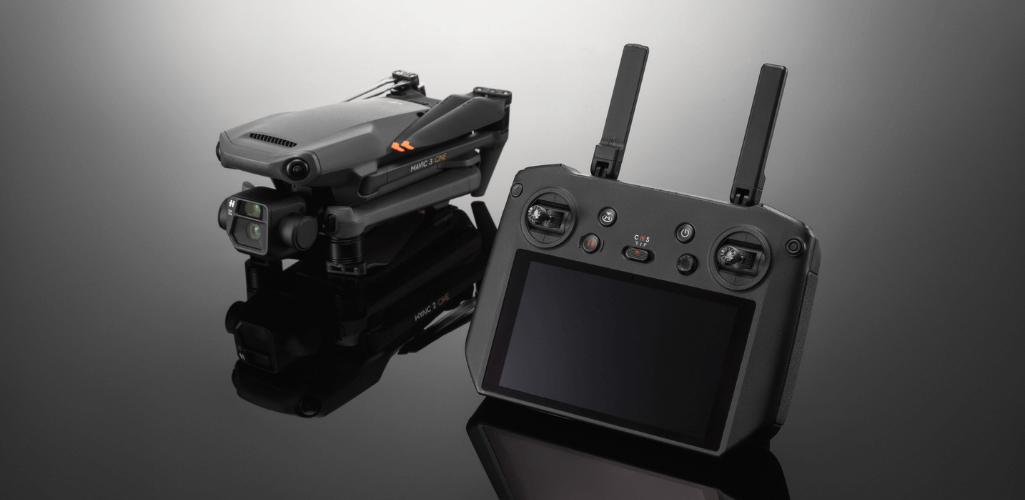
Just like the original Smart Controller became synonymous with the Mavic 2 Series, this rebooted version is sure to become a hit with Mavic 3 pilots.
So what's the difference between the original and new RC?
The RC Pro comes with enhanced antenna power for an extended transmission distance and has a mightily impressive 3 hours of run time, and can be charged in 90 minutes.
This trumps the original Smart Controller, which has a reduced transmission distance and can operate for the slightly shorter duration of 2.5 hours.
Both versions of the smart controller come with high-bright screens to ensure optimum performance in daylight conditions.
Is The DJI Mavic 3 The Best Camera Drone?
The DJI Mavic 3 has vastly improved specs to the Mavic 2 Pro, but with three years between them, this is to be expected.
So what of other camera drones?
DJI is clearly targeting two types of markets with the Mavic 3 - with the Standard and Fly More Combo aimed at keen amateur content-makers, while the Cine is designed for professional filmmakers.
Therefore, two obvious comparisons with the new-look Mavic are the Air 2S and the Inspire 2-X7 combination.
DJI Mavic 3 vs DJI Air 2S
First, the Air 2S, is a very good amateur filmmaker's drone. Its key specs are a smaller 1-inch sensor which can shoot 5.4K/30fps and 4K/60fps video and 20MP stills.
At 595g, it is lighter than the Mavic 3, and is priced at around the £1,000 mark (depending on the option you buy), but it does not have the endurance, the transmission distance or the dual-sensor system of the Mavic 3. Neither can it utilise Apple ProRes.
DJI Mavic 3 vs Inspire 2
The Mavic 3 Cine Premium Combo really takes this particular package towards pro users, so pushes it more towards a comparison with the Inspire 2-X7.
So often the workhorse for high-level content creators, the Inspire 2-X7 combo still takes some beating, with its ability to record video at up to 6K in CinemaDNG / RAW and 5.2K in Apple ProRes, plus its rapid speed and acceleration for those dynamic action shots and ability to handle slighter colder conditions.
However, the Mavic 3 will certainly be an attractive proposition for film production companies, based on its powerful specs, increased endurance and foldable and lightweight design in comparison. The Cine combo is a more cost-effective option.
Summary
For years, the DJI Mavic range has defined innovation in aerial filmmaking.
The Mavic 3 continues this tradition, with some seriously impressive specs.
DJI has made some key upgrades from the Mavic 2. And with the Mavic 3 having the ability to utilise Apple ProRes and shoot 5.1K video, there is a Mavic which is a serious contender for professional production houses.
The Mavic 3 has been a hotly-anticipated product and its impressive specs make it worth the wait.
